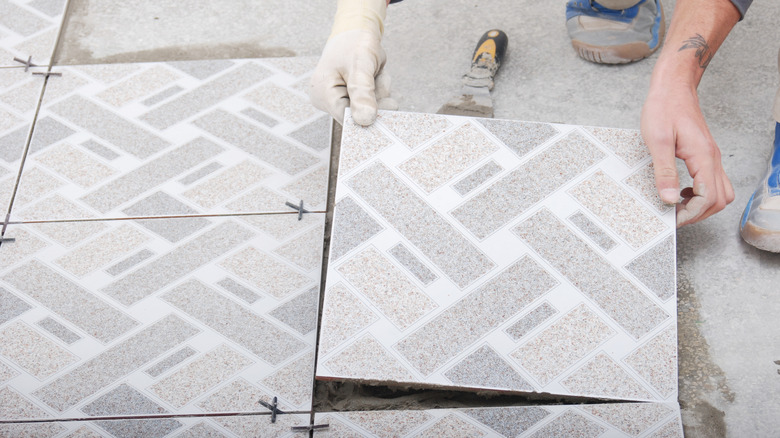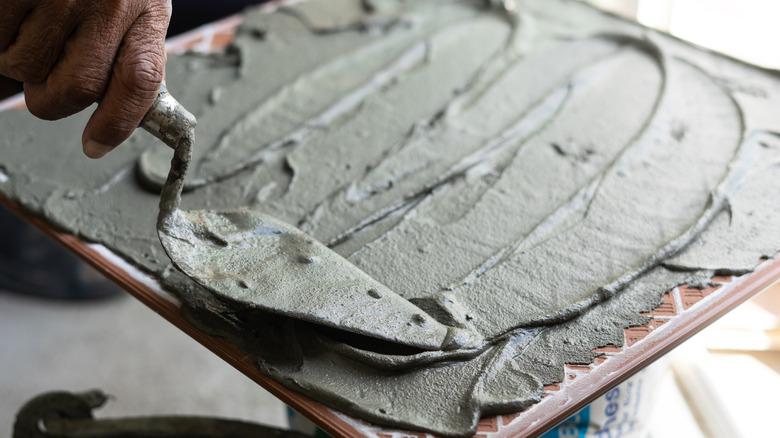The Best Way To Clean And Reuse Tile For Your Next Home Improvement Project
Tiles are popular for home improvement projects due to their durability and aesthetic appeal. However, buying new ones can be costly. Reusing old tiles is a smart and eco-friendly alternative that can save you money while reducing waste. Whether you've got leftover tiles from a previous job or you're salvaging tiles from a renovation, proper cleaning is key to making them shine like new again.
To start cleaning your tile, remove the old grout and any adhesive from the back. Use a grout removal tool or a putty knife to scrape away the old material without damaging the tile. If the adhesive is stubborn, soaking the tiles in warm water can help soften it, making it easier to scrape off.
After removing the grout and adhesive, clean the tiles using water and mild detergent. A soft-bristle brush can help scrub off any remaining dirt and residue, especially around the edges where debris accumulates. If the tiles have stubborn stains or hard-to-remove grout, you can use a mixture of vinegar and water. Apply the mixture to the tiles and let it sit for a few minutes before scrubbing. For adamant stains, a commercial tile cleaner may be necessary. Once cleaned, rinse the tiles with clean water and let them dry completely before reusing them.
Tips for preparing used tiles for reuse
Before starting your project, inspect each tile for cracks, chips, or other damage since not all tiles are suitable for reuse. You can repair a small crack in ceramic tile using tile filler or epoxy, which can be found at most hardware stores. For cracked tiles, applying a small amount of epoxy and pressing the pieces together until they bond is often enough. Make sure to wipe away any excess adhesive to keep the surface smooth.
If you plan to reuse tiles of different colors or styles, consider organizing them into patterns to create a cohesive color palette. Mixing and matching tiles can also add a creative touch to your project, but consistency is important to achieve a polished look.
During installation, measure the area where the tiles will be placed and dry-fit them before applying any adhesive to ensure they fit well and look good. To ensure your tiles have a strong bond with the new adhesive, sand back each one with a fine-grit sandpaper. This will create a rough surface that makes it easier for the tile to stick to its new location.

